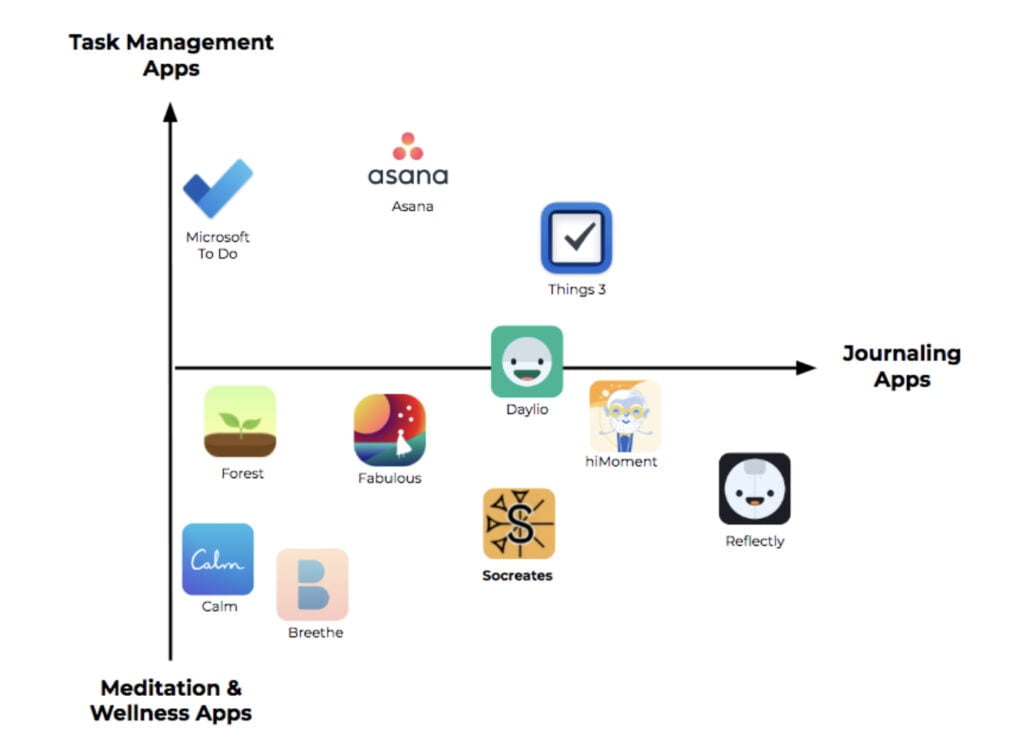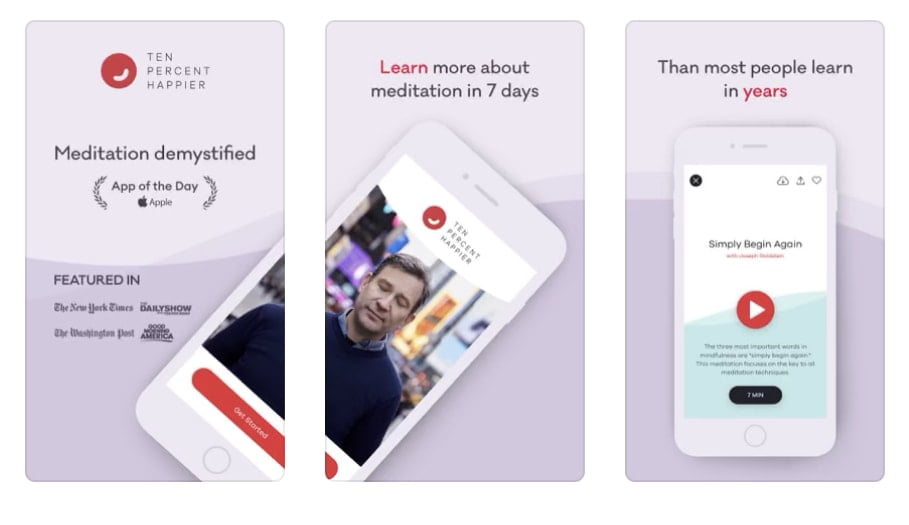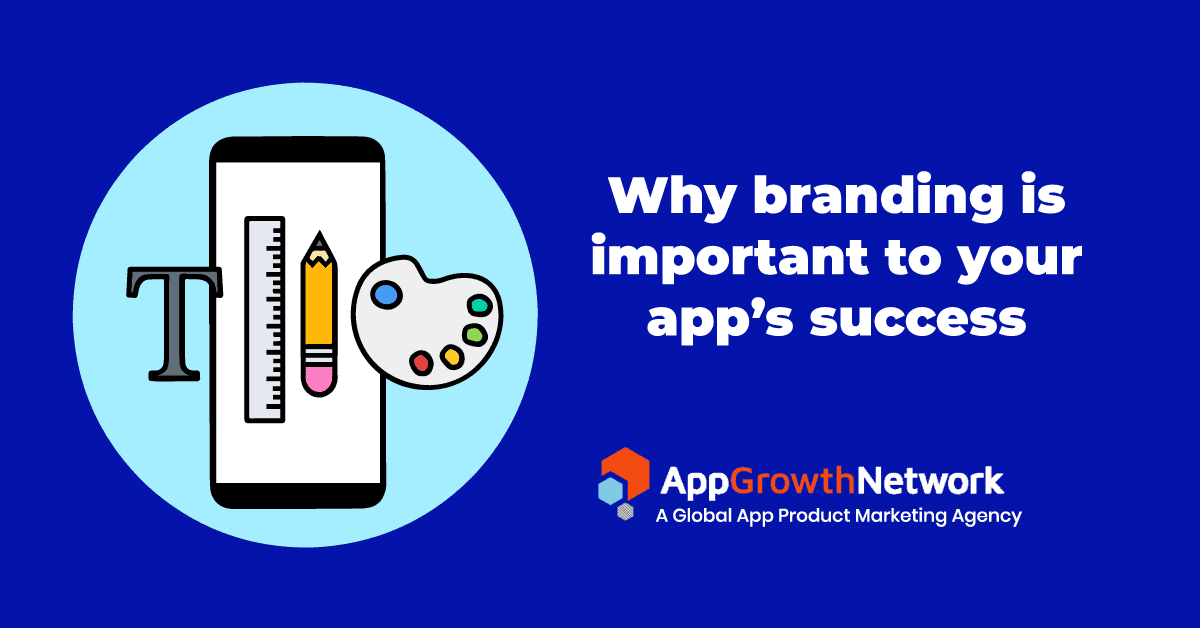Why branding is important to your app’s success
Branding. It’s a word we’ve all heard and (think) we understand.
But do we really?
When it comes to mobile apps, branding can be an elusive concept—and many times, an afterthought. The priority and focus is app development. But once an app is created, tested, debugged and ready to go live in the app stores, app owners often make the mistake of thinking that the rest will take care of itself. The harsh reality is that going live on app stores does not translate into instant downloads.
Far from it.
There are over 2.87 million apps on the Google Play Store and 1.87 million on the App Store. Remember that in order for an app to be successful, two things need to happen: 1) users need to download the app and 2) they need to use it.
In such a crowded space with millions of players, getting a download is already challenging enough. Retaining users and getting them coming back to use the app? That’s a whole different ball game.
That’s why branding is so crucial. Brand building goes far beyond checking off the boxes to meet the minimum requirements of an app store listing.
Branding encompasses several things—-brand positioning, brand identity, and brand image. And, no, they are not interchangeable.
But their ultimate goal is the same—to build a brand-consumer relationship. One that a user trusts, depends on, and one that they want to tell their friends and family about.
So what does this mean? You have an amazing app. It’s live on the app stores. Now what?
Here we’ll outline what proper app branding is and what it takes to make it work.
THE 3 PILLARS OF APP BRANDING
Let’s break down the branding types we mentioned above to better understand the purpose of each and why they’re important:
- App Brand Positioning 1.1 Why is app brand positioning important?
- App Brand Identity 2.1 What makes up an app’s brand identity?
- App Brand Image 3.1 How can you manage brand image?
What you’ll learn in this Article
2.2 Why is app brand identity important?
3.2 Why is brand image important?
So, really, is app branding that important?
1. App Brand Positioning
This part of the branding process needs to happen first. Positioning means how you want your app to stand out for your target audience and set itself apart from competitors. This means doing your homework, aka market research. This includes researching your competition, identifying your target audience and identifying your app’s relevant keywords and establishing where your app can make its mark.
A research-based positioning map is an excellent visual tool to help you identify your niche categories in the competitive landscape.

Let’s look at the Spartan Home & Gym Workouts app as an example. The app may have two target personas: a male 20-something male gym enthusiast and a busy, working dad in his 30s. And while the app has the same features for all targets, they will position themselves differently to appeal to each audience.
For the gym-goer in his 20s, the consumer-facing messaging will call attention to the app’s variety of muscle-building routines, gym-style workouts using weights and resistance training, strength progression and nutrition plans for optimizing muscle growth.

Why is app brand positioning important?
Without proper branding in the way you position yourself against the competition for a well-defined audience, your app’s offering is destined to fall flat. Users need to understand what sets your app apart and be convinced that your app is a better fit for them than your competitors. Without that spark, the flame will never ignite!
2. App Brand Identity
App brand identity is the perception you (the app owner) want to create about your app in the user’s mind. For this pillar of branding, the control lies with the app owner. All the owned elements—visuals, content, social media, website, user communications—create the brand identity. It’s your app’s story.
Brand identity must revolve around and reflect everything mentioned above in point #1. This means keeping your target audience and your app’s unique value proposition as your brand’s focal point from which everything stems.
What makes up an app’s brand identity?
- App Name
Just like for any entity—be it a person, pet, product or brand—a given name is a vital part of identity. For your app, be sure to make it simple and memorable. Bonus tip: use a keyword in the name to help you in search.
- App Logo
A logo is the graphic representation of your app’s brand identity. It should reflect what your app is about and who it’s for. We’ll use popular meditation app,Ten Percent Happier, as an example for the next several points:

- App Icon
Similar to the role of your logo, your app icon design should reflect the brand’s identity, personality and style. Because icons are meant to live on smartphone screens, they should be clear and simple in order to stand out despite their small size. Oftentimes, the icon is the emblem portion of a brand’s logo. The smile in Ten Percent Happier’s logo evokes positivity and the start of something new, which is exactly what the brand stands for.

- App Screenshots
Optimized screenshots play an important part in ASO. They’re also the way to show users the kind of experience they can expect to have if they decide to download your app. So, choose your screenshots carefully! Make sure they communicate your brand personality and value proposition clearly and succinctly. Follow these app screenshot tips to get this important part of your brand identity nailed down!

- App Preview Video
Like app screenshots, a well-made app preview video should make it clear to the user what your app does, what it’s about and how it meets the user’s current need. So make sure you have an impactful app preview video and that it reflects what your brand stands for.
- Brand Fonts/Colors
A key element that will tie all of the above features together is your choice brand font and color palette. Bold-faced fonts and vibrant colors will communicate a different personality than rounded, thin fonts and pastel colors. Decide how you want the user to perceive your brand.
Be sure to consider your competitors as well! If every mediation app uses light blue, you may want to opt for a different color palette that will make you stand out—much like Ten Percent Happier does with their red color choice.
Quantum Pigeon, another client of ours, has distinct bright and vibrant colors that appeal to their target demographic.

- Brand Voice
Is your brand friendly and lighthearted? Using informal, conversational, witty wording in your messaging will communicate this type of brand personality. For example, you’ll want to use “you’re” versus “you are” and avoid academic words like “therefore’ and “hence.”
Once you decide what your brand voice should sound like, make sure you use that type of language in all customer-facing messages—including screenshot text, in-app messaging, app store descriptions, push notifications, emails, etc.
- Brand Consistency
No matter which style you choose in terms of brand voice, colors, logos, etc, the most important thing is keeping these elements consistent across the board. If you decide to do a Frankenstein experiment with all of your assets, you’ll only end up confusing the user. Just like any relationship, creating loyalty and trust requires consistency!
Why is app brand identity important?
The uniqueness and what your brand stands for is what helps brands stand out from competitors, attracts your target audience, and improves user experience.
3. App Brand Image
On the surface, brand identity and brand image may seem like the same thing. But there’s one fundamental difference: the control does not lie with the brand (as with brand identity) but with the user. Brand image is all about how the consumer perceives the brand in reality.
In an ideal world, a product’s brand personality and brand image are the same. But let’s take a look at this scenario: a productivity app wants to be perceived as user-friendly and indispensable and the user perceives the app as confusing and subpar. Can we see the problem here?
How can you manage brand image?
Communicate with your users and know where you stand. This is where the relationship-building aspect of branding really shines. Make sure there is two-way communication happening between the brand and the consumers.
You can do this in the following ways:
- Pay attention to app store ratings: if a user is unhappy about a feature, they often let you know about it. Don’t ignore these complaints! Responding to reviews to show that you’re listening and taking their opinions into consideration will go a long way. The same goes for positive reviews! Showing appreciation for a review creates a connection with loyal users.
- Invite engagement through social media: by knowing your target user personas well, you can determine the type of content they will engage with. Whether that’s providing something entertaining, informative or inspirational, inviting your followers to comment or engage will let you know where you stand in their minds.
- Incentivize loyal users: offering an incentive for referrals or providing perks for consistent app use (think badges, rewards for in-app purchases, etc) will help solidify your position with the user. Fans of your app will only share with others or continue using your product if they have a positive opinion about it. Remember that organic word-of-mouth marketing yields the highest quality users!
Why is brand image important?
To put it simply, a radical misalignment between brand identity and brand image that isn’t corrected doesn’t fare well for your app’s future. If, however, you recognize this discrepancy and take the necessary steps to bridge the gap, you may very well save the relationship. Users need to agree with you that you’re the best option for them!
So, really, is app branding that important?
Yes!
Now that we’ve laid out what, how and why of app branding, it’s clear that the most successful apps have all of these steps mastered. If you want to be on that A-list, your app will have to do the same.
We know it’s challenging, which is why we’re here. If you need help with any (or all) of these app branding concepts and brand strategies for your app growth, don’t hesitate to contact us.
Related Articles
For Wellness apps, the most challenging approach is the conversion of the user from passive to active. [...]
In the realm of App Store Optimization (ASO) for iOS applications, a relatively untapped yet highly effective strategy [...]
In today's competitive app market, it's crucial for app developers and marketers to reach a wider audience and [...]










